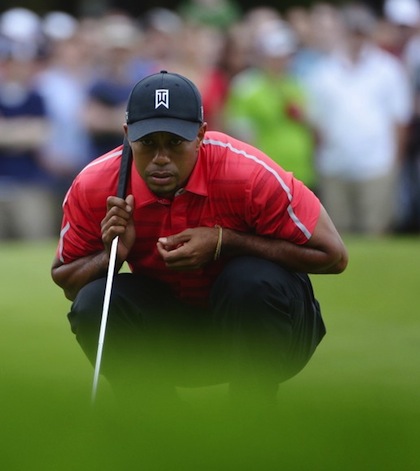What Is Mental Imagery?
Mental imagery, often referred to as visualisation or mental rehearsal, involves the mental rehearsal of an action without physically performing it. This cognitive process engages various sensory modalities, including sight, sense of movement, sound, touch, and smell sensations, to create an accurate mental representation of a desired action. It is a powerful learning technique and is used to enhance performance in all sorts of domains, from athletes and soldiers to surgeons and musicians.
How Does It Work?
Within the brain there are many overlapping pathways involved in both movement execution and mental rehearsal, including the areas of decision making, learning, voluntary movement control, voluntary movement planning, as well as sensory information processing.
The activation of these overlapping areas of the brain supports the “Functional Equivalence Theory,” which suggests that brain activity during mental rehearsal of movements closely mirrors actual physical execution. This means that when an individual mentally rehearses a task, the same nerve structures are activated as when they physically perform the task. Therefore, mental imagery practice reinforces the nerve pathways associated with the movement, enhancing the ability to learn new skills and refine movement techniques.
The PETTLEP Model
Research on mental imagery and its role in enhancing performance spans many fields, including sports psychology, rehabilitation, and skill acquisition. The PETTLEP model (developed by Holmes and Collins in 2001) builds on the “Functional Equivalence Theory” and provides a framework for practicing mental rehearsal:
- Physical: Interventions should replicate real-world conditions, including posture, equipment, and attire.
- Environment: Incorporate environmental cues, such as clothing and location.
- Task: Imagined tasks should accurately reflect the desired actual performance.
- Timing: Imagine the activity in both ‘real time,’ speed and in ‘slow-motion’
- Learning: Adjust the imagery as your execution of the skill improves. As your real world performance improves, so should the standard you imagine during your mental rehearsal
- Emotion: Imagine yourself in optimal emotional state – positive imagery correlates well with performance improvement. However athletes may also benefit from imagining challenging scenarios to help them prefer for competition.
- Perspective: The perspective in imagery can either be first person or third person.
Further recent research suggests the following points are also worth considering when using mental imagery to enhance performance:
- Program Lengths: Implement a structured mental imagery program over several weeks to allow sufficient time for skill acquisition and consolidation.
- Frequency of Sessions: Conduct mental imagery sessions regularly, with a frequency of at least two sessions per week, to maintain engagement and reinforce learning.
- Session Duration: Ensure each mental imagery session lasts between 6-19 minutes, depending on your ability to maintain focus and familiarity of mental imagery. Those who are new to mental imagery practice may require longer session duration compared to those who have already practised before.
- Integration with Physical Practice: Consider integrating mental imagery sessions with physical practice sessions to maximise the synergistic effects and performance outcomes.
Mental imagery can be a powerful tool for enhancing performance. These techniques are well used by high performers and the guidance above should give you all you need to get started.
Sources:
Deng, N., Soh, K. G., Abdullah, B. B., & Huang, D. (2024). Does Motor Imagery Training Improve Service Performance in Tennis Players? A Systematic Review and Meta-Analysis. Behavioral sciences (Basel, Switzerland), 14(3), 207. https://doi.org/10.3390/bs14030207
Kearney, P. E., & Lidor, R. (2021). Response to Moradi, J. (2020). Benefits of a Guided Motor Mental Preperformance Routine on Learning the Basketball Free Throw. Perceptual and Motor Skills, 127, 248-262. Perceptual and motor skills, 128(1), 5–10. https://doi.org/10.1177/0031512520949712
Morone, G., Sheida Ghanbari Ghooshchy, Pulcini, C., Emanuele Spangu, Pierluigi Zoccolotti, Martelli, M., Grazia Fernanda Spitoni, Russo, V., Ciancarelli, I., Paolucci, S., & Iosa, M. (2022). Motor Imagery and Sport Performance: A Systematic Review on the PETTLEP Model. Applied Sciences, 12(19), 9753–9753. https://doi.org/10.3390/app12199753



